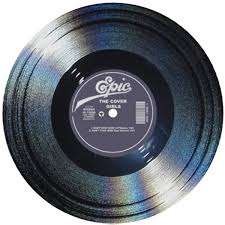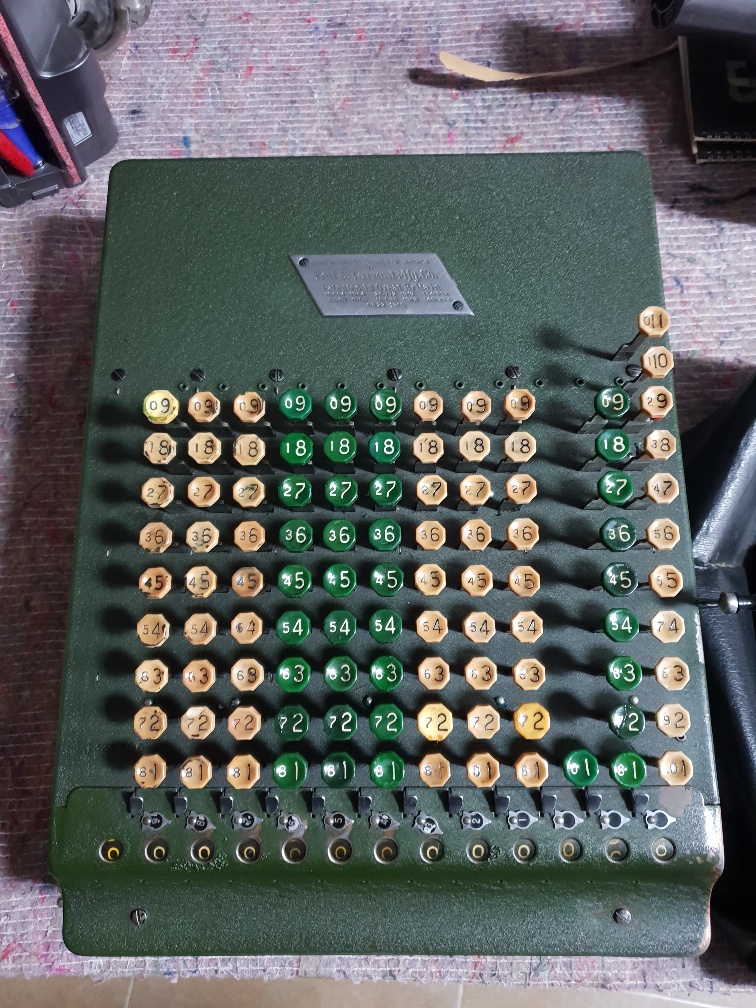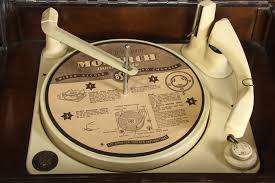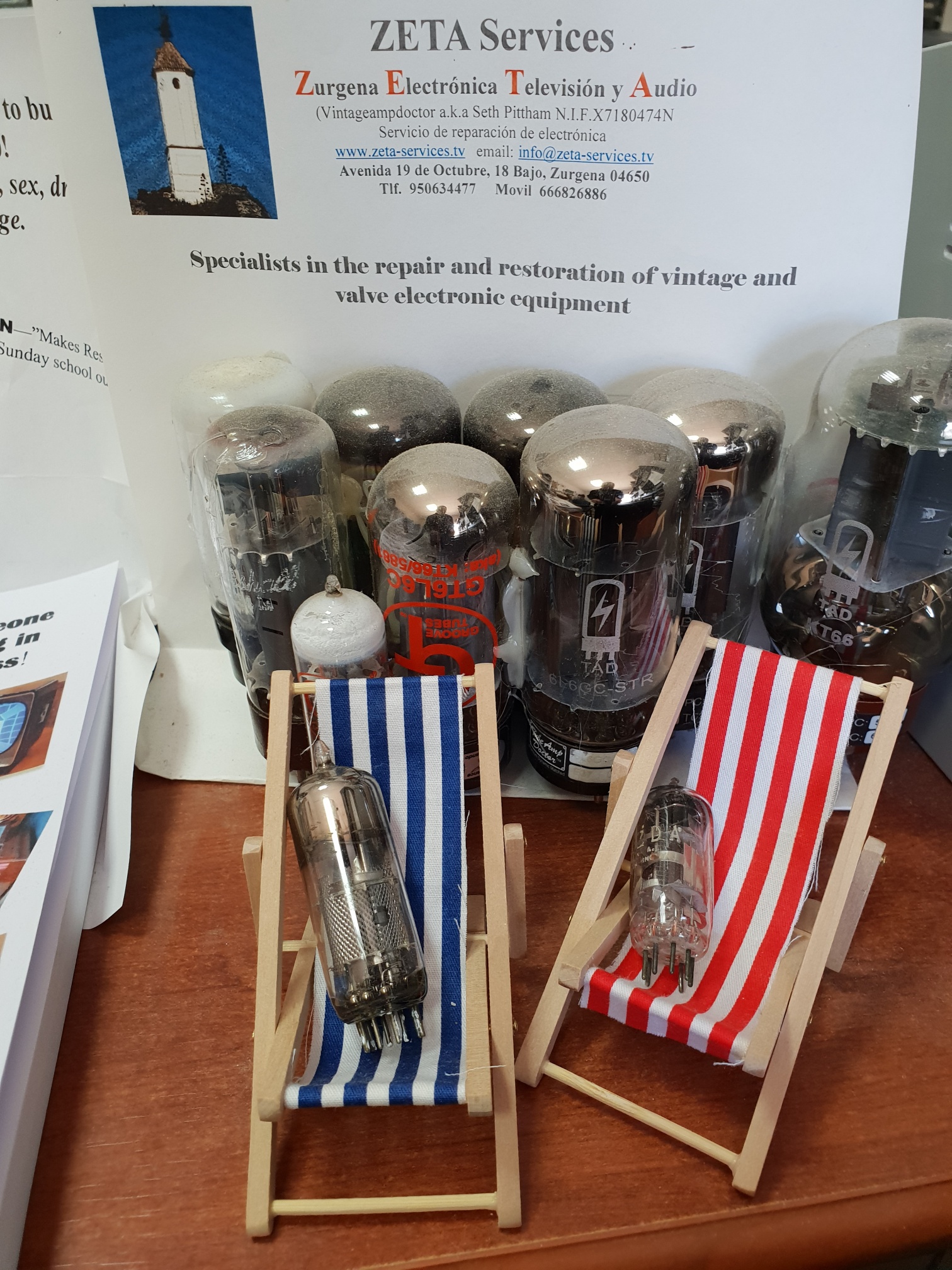
Vinyl Records – The Come back!
I wrote about how Britain was well respected for it’s great HiFi history during the ‘50s and ‘60s. So thought I’d ramble on about vinyl records. The early ‘80s saw the CD being introduced and we all watched “Tomorrow’s World” as they heralded in the new disc, saying it can even be played with jam spread on the surface! Ever tried it?? We were told the days of the LP and 45 RPMs were numbered. Wrong.
The vinyl LP (Long Player) has been making a big come back. I have been repairing record players and supplying a steady stream of clients with restored record decks and pickup cartridges allowing mothballed collections of LPs and 45s to be played again. And, long may it last.
The start of the Vinyl LP goes back to just before WW2. There was a bit of a battle between U.S. companies Columbia Records and RCA Victor. With improvements in recording techniques, there was a requirement to provide a recording media that was less “noisy”, could play for longer and was more durable than the brittle 78 rpm which if sat on, well…. Various formats were thrown up. These ranged from 10” to 16” diameter discs. A speed of 33&1/3rd rpm was commonly used as this was convenient for gearing down a synchronous motor running off mains electric (60 cycles, in the USA) and grove width for a limited size of disc. The larger 16” discs were never really aimed at the public as the players would have been massive, needing you to buy a bigger house. They tended to be used in cinema, radio stations and contained pre-recorded music and adverts. Bet you didn’t know that.
After WW2, the record companies got their act together and settled on a common standard. This was a Long Playing 12” disc (LP) running at 33 and a bit rpm. The width of the groove was reduced to .001” as opposed to .003” used in 78s. This, coupled with a slower disc rotation, meant you could get up to 30+ mins. of material per side. Pickups had moved on from the big heavy magnet-coil types and now the needle that sat in the groove was weighing a few grams rather than that of a Chevy V8 engine. The plastic vinyl material had a much smoother composition over the shellac used in 78s. This reduced the background noise. The only thing that the different manufacturers didn’t do until the ‘60s was to agree on the recording characteristics (how the sound was equalised to sound the best), which meant your HiFi enthusiast had to have a knob on is amplifier to “equalise” the playback sound of different LPs. RIAA, LP etc.. ‘Spose it justified all the money spent!
RCA released the 45rpm 7” record in the late ‘40s. It was aimed at the popular music market, giving a play time of around 3 mins. As your average American only had an attention span of no more than 3 mins, it worked out just fine! This format came with a larger centre hole and was ideally suited for the automatic jukebox mechanisms. The increase in rpm (velocity) also meant that a louder recording could be made and replayed. This helped the sound reproduced on smaller budget players with only one or two valves in the amplifier to be louder.
With the demand to new albums, many recording studios are delving into their archived tape libraries in order to create new master discs for vinyl pressings. I have simplified this greatly, details for another article perhaps. Cutting a new metal master is a quite a science. The recording engineer must first listen to and analyse what is to be sent to the disc cutting lathe, the machine that cuts the spiral grove with the audio modulated in it. The dynamic range or loudness of the music let’s say, determines the adjacent spacing of the spiral grove. Too close and loud peaks would interfere with the grove along side. Too far apart of you lose recording time on the disc. The cutting head is like two electromagnets, connected to a sharp cutting stylus, the grove being cut in 2 axis, creating the stereo definition. This consumes about 200 Watts of power! In the 50s-70s, the tape machine used to send the signal to the disc cutting lathe has an additional pickup head which took the signal several seconds before being sent to the lathe. When a larger signal was detected, this changed the lathe’s gearing, making the groves further apart Clever. Now, it is controlled by software. The engineers still has to use his ears to decide how much compression and colouration is used to get the best from a vinyl disc. One thing they do not like to too much bass on either left or right channel. This can have the tendency of throwing the stylus off the grove when playing. Not as simple as you think!
Seth Pittham Zeta Services. Working hard, for you.








